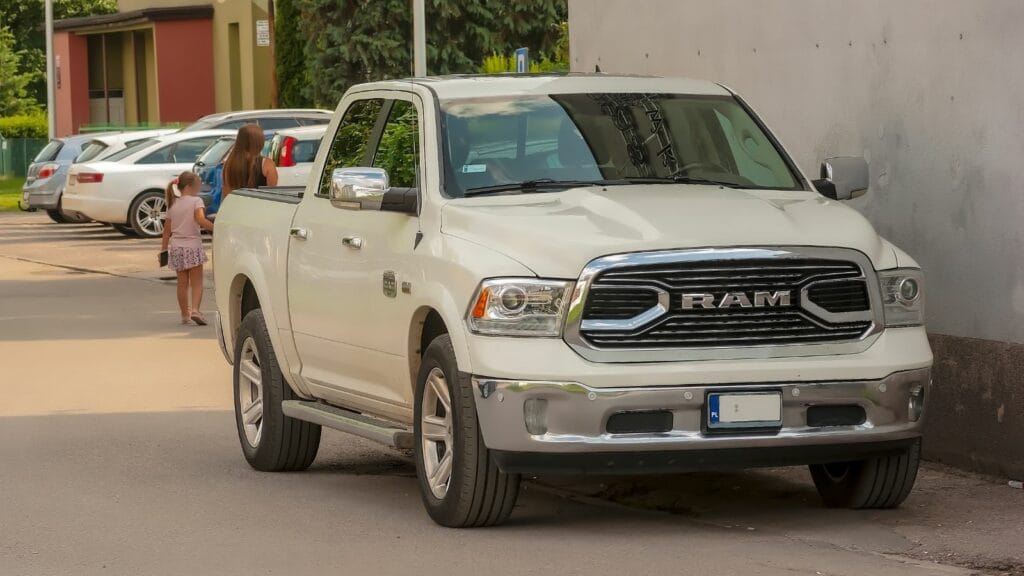Pickup trucks have long been staples of Canadian life, serving everyone from contractors and farmers to suburban families who just love the look and utility. But even though trucks carry an image of strength and long-term value, the truth is many lose their shine faster than buyers expect. Rising fuel prices, fast-changing technology, and expensive repair bills mean that certain models are especially prone to steep depreciation. Expanded here with more detail, these twelve trucks are the ones most at risk of losing half their value in Canada by 2026.
Ford F-150 EcoBoost
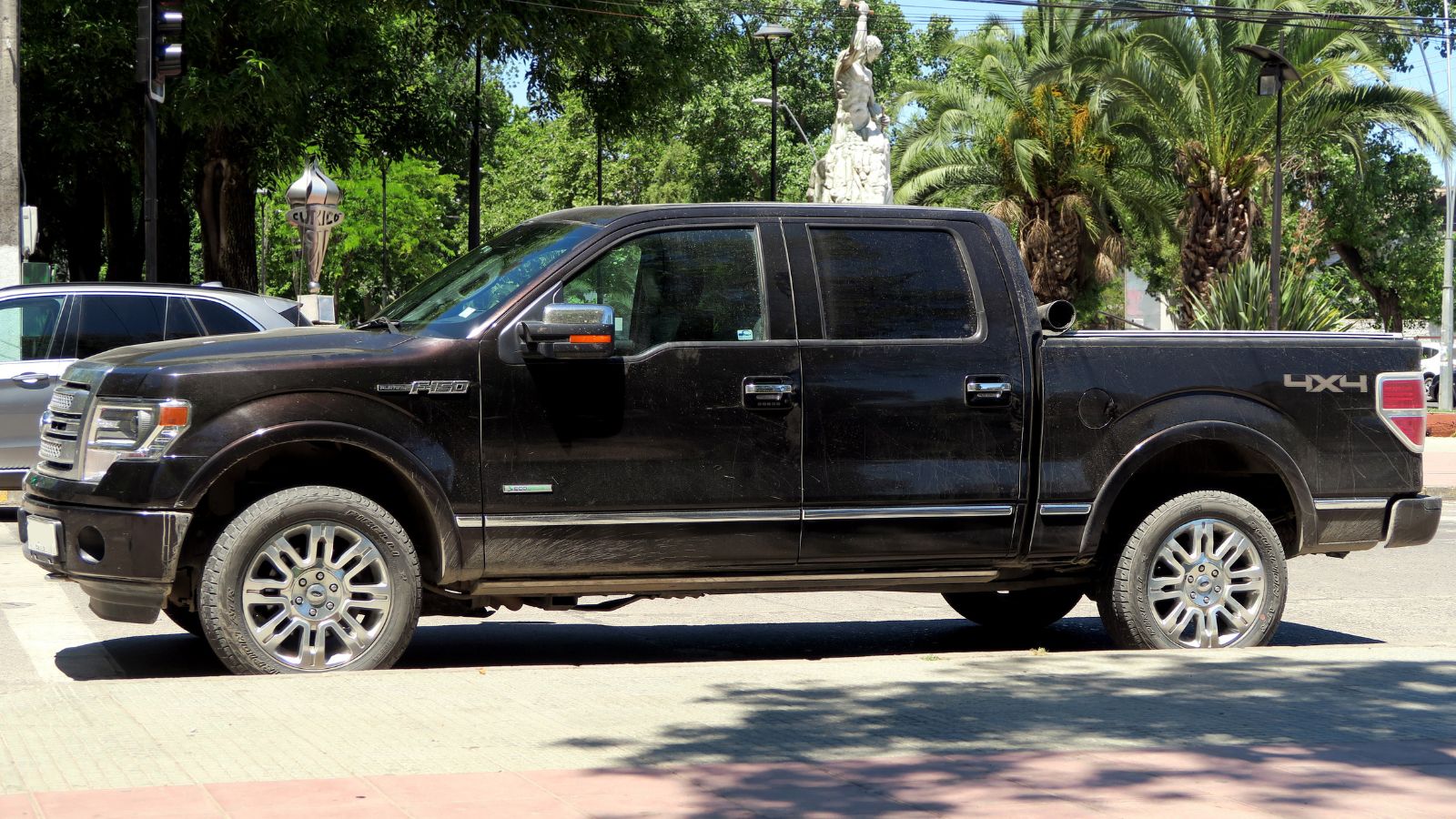
The Ford F-150 is the best-selling vehicle in Canada, but not all versions hold value the same way. EcoBoost models with small turbocharged engines were marketed as efficient yet powerful alternatives to traditional V8s. In practice, many buyers worry about long-term reliability. Turbochargers, intercoolers, and complex electronics can lead to expensive repairs once the warranty ends. While V8-powered F-150s tend to hold value better, the EcoBoost trucks are already seeing sharper depreciation curves, and by 2026, many will be worth barely half their original sticker price.
Ram 1500 Classic
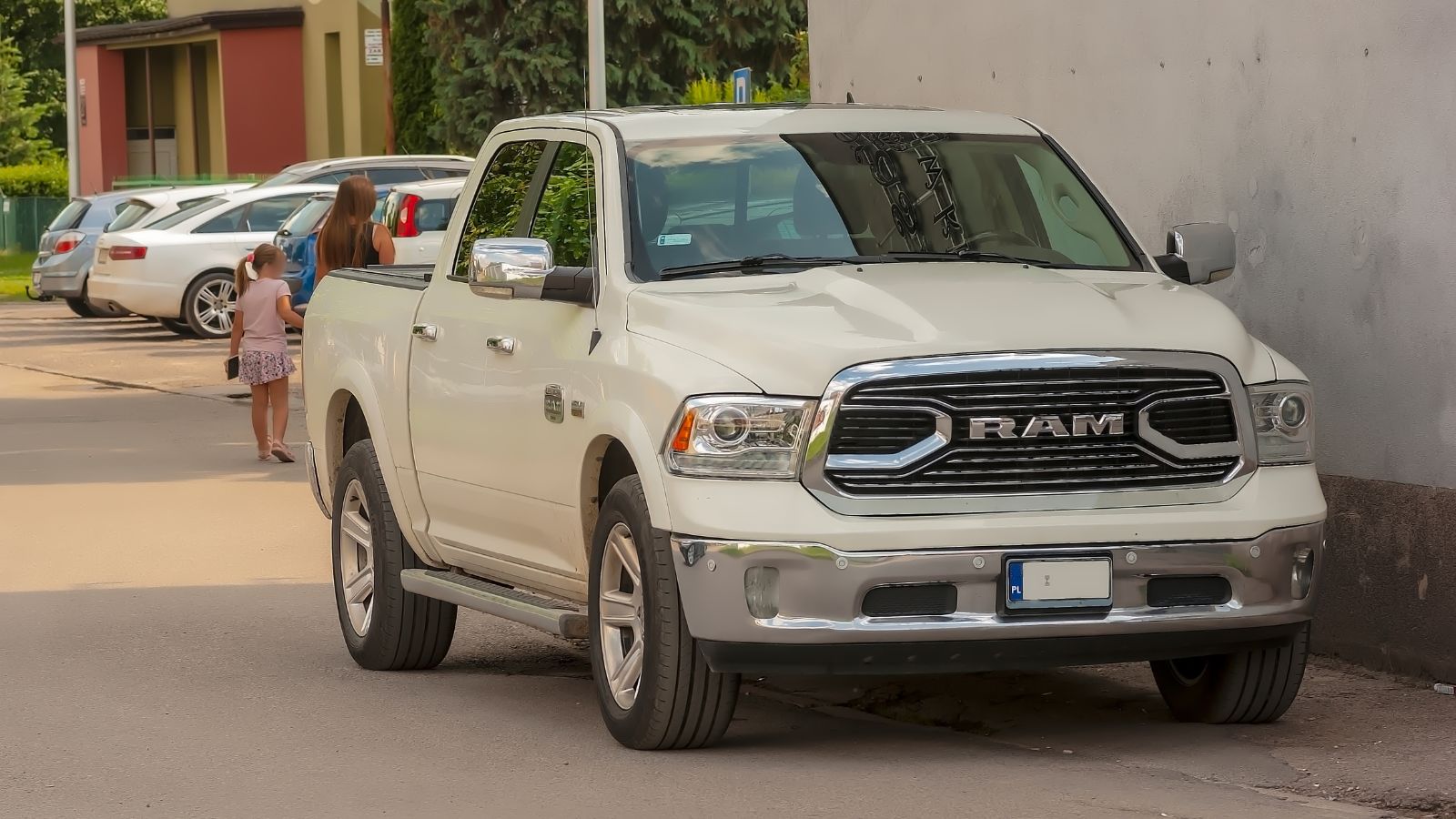
The Ram 1500 Classic has been kept alive as a budget-friendly alternative to the newer Ram 1500. On paper, this makes sense—it gives Canadians a cheaper way into a full-size pickup. But because it is essentially an older design kept on life support, resale values are weak. Used buyers prefer newer Rams with modern interiors and updated tech. By 2026, the Classic will feel even more outdated, leaving owners with resale prices that are a fraction of what they paid.
Chevrolet Silverado 1500
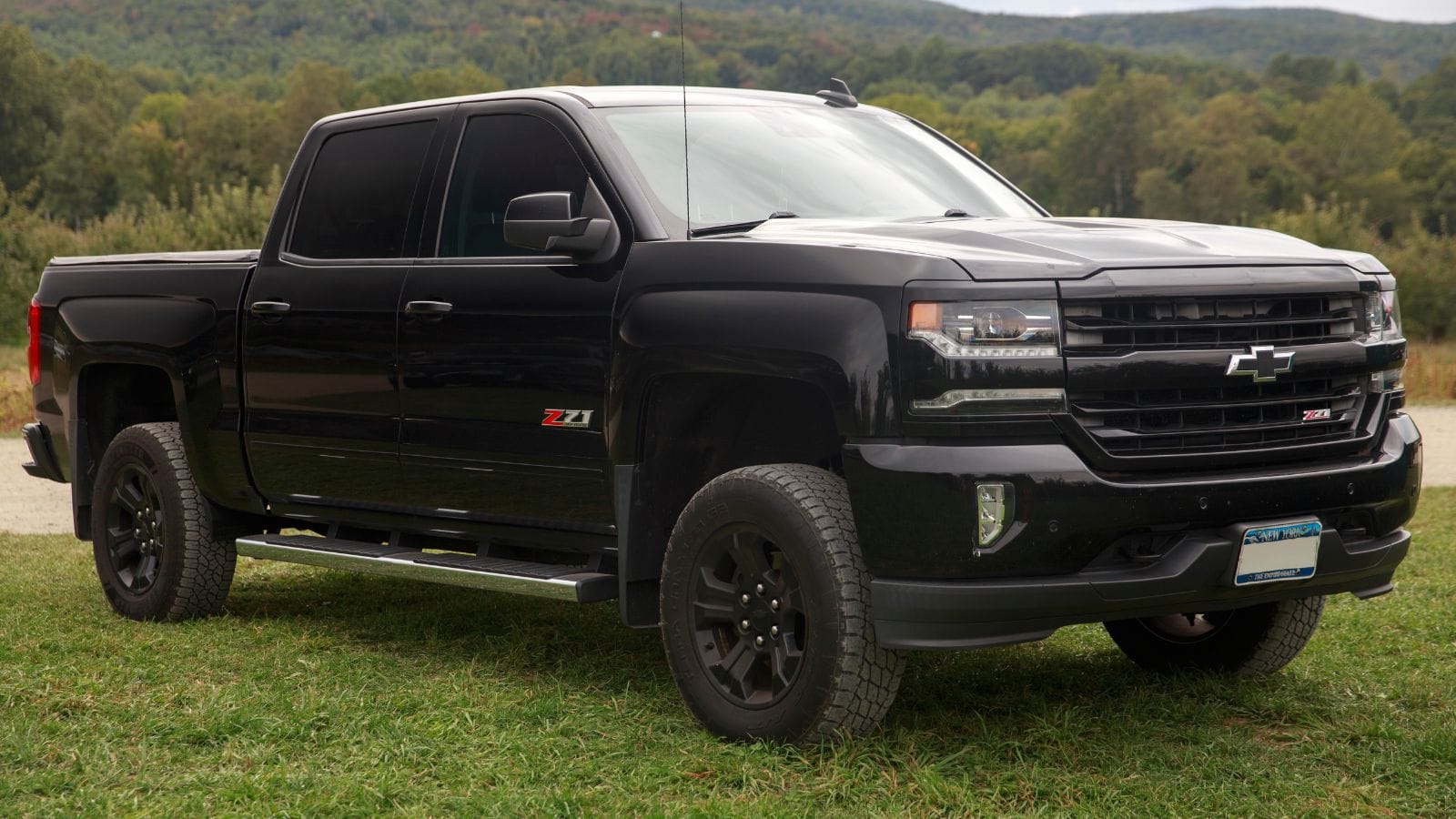
The Chevrolet Silverado 1500 remains a strong player in the Canadian market, but its depreciation is significant, especially for high-trim versions. Loaded LTZ and High Country models come with luxury features and advanced tech, but these extras do not hold value well once the trucks hit the used market. Fleet-spec base models also depreciate quickly because they are often used hard and then dumped into the market with high mileage. For many Canadian Silverado owners, the financial hit comes faster than expected.
GMC Sierra 1500
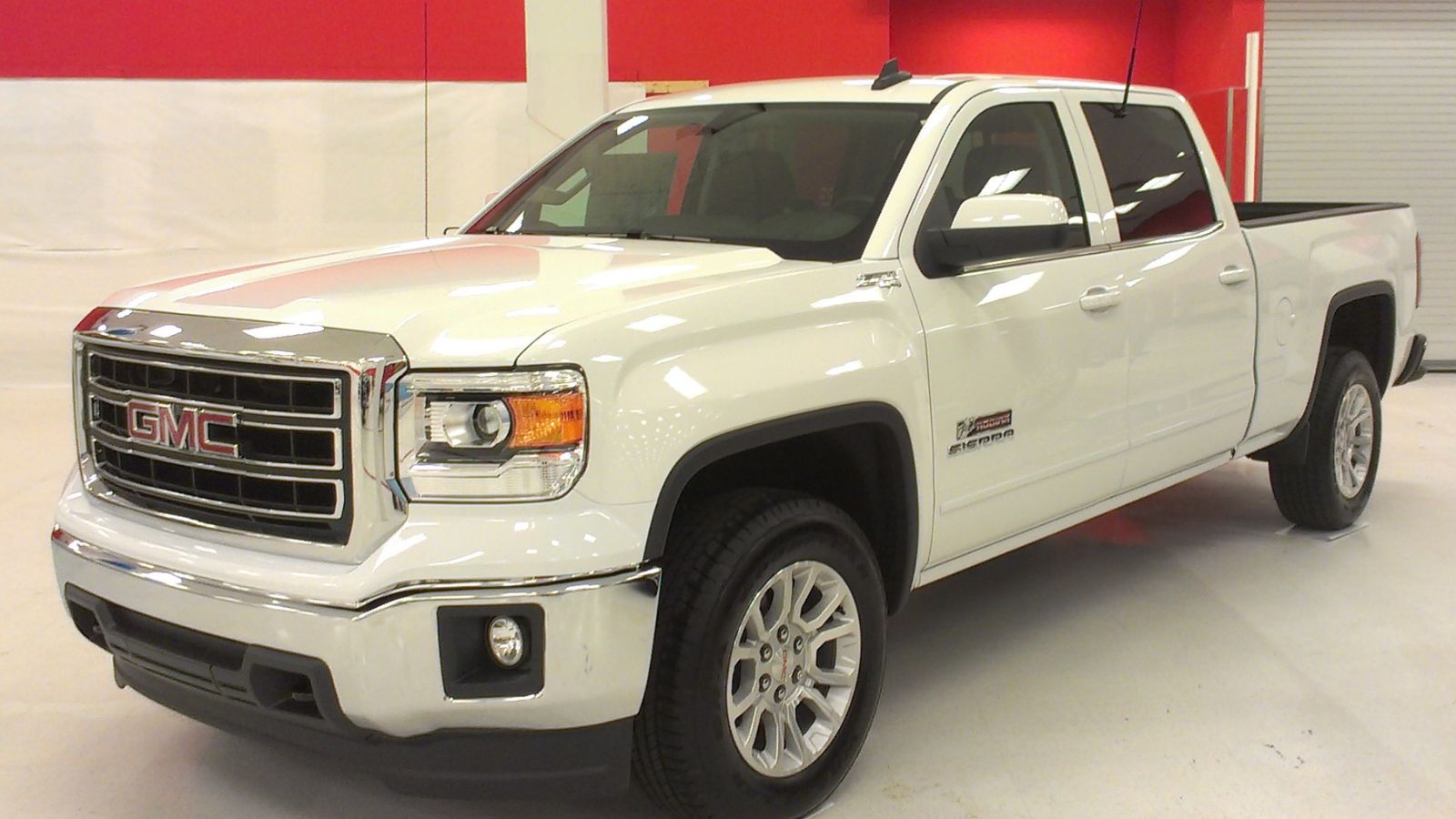
The GMC Sierra 1500 is often marketed as the more premium sibling to the Silverado, but in reality, it follows the same depreciation curve. Denali trims are especially vulnerable. While they look sharp and come loaded with high-end features, Canadian buyers in the used market hesitate to pay luxury prices for a truck with costly electronics and maintenance bills looming. By 2026, many Sierra 1500s, especially fully loaded ones, will have dropped to half their original value.
Toyota Tundra (New Generation)
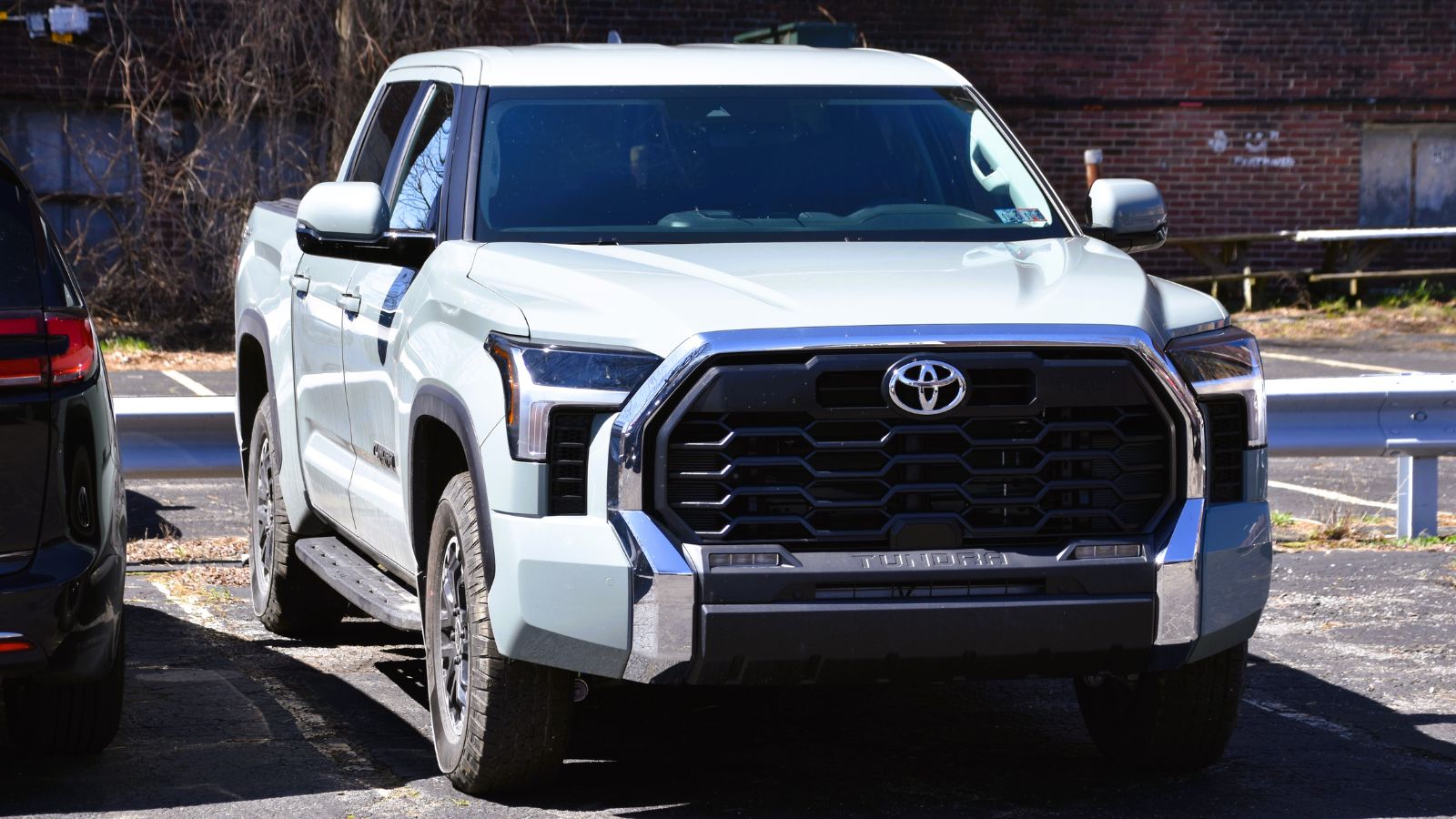
Toyota trucks usually have bulletproof reputations, but the new generation Tundra introduced turbocharged engines and hybrid drivetrains that Canadian buyers are still cautious about. The older V8 Tundras were known for lasting forever, which helped them hold value exceptionally well. But the new tech has made resale less predictable. Early data shows depreciation happening faster than before, as buyers stick with proven V8s or rivals they trust. By 2026, many of these newer Tundras will be sitting at half their initial value, especially higher trims.
Nissan Titan
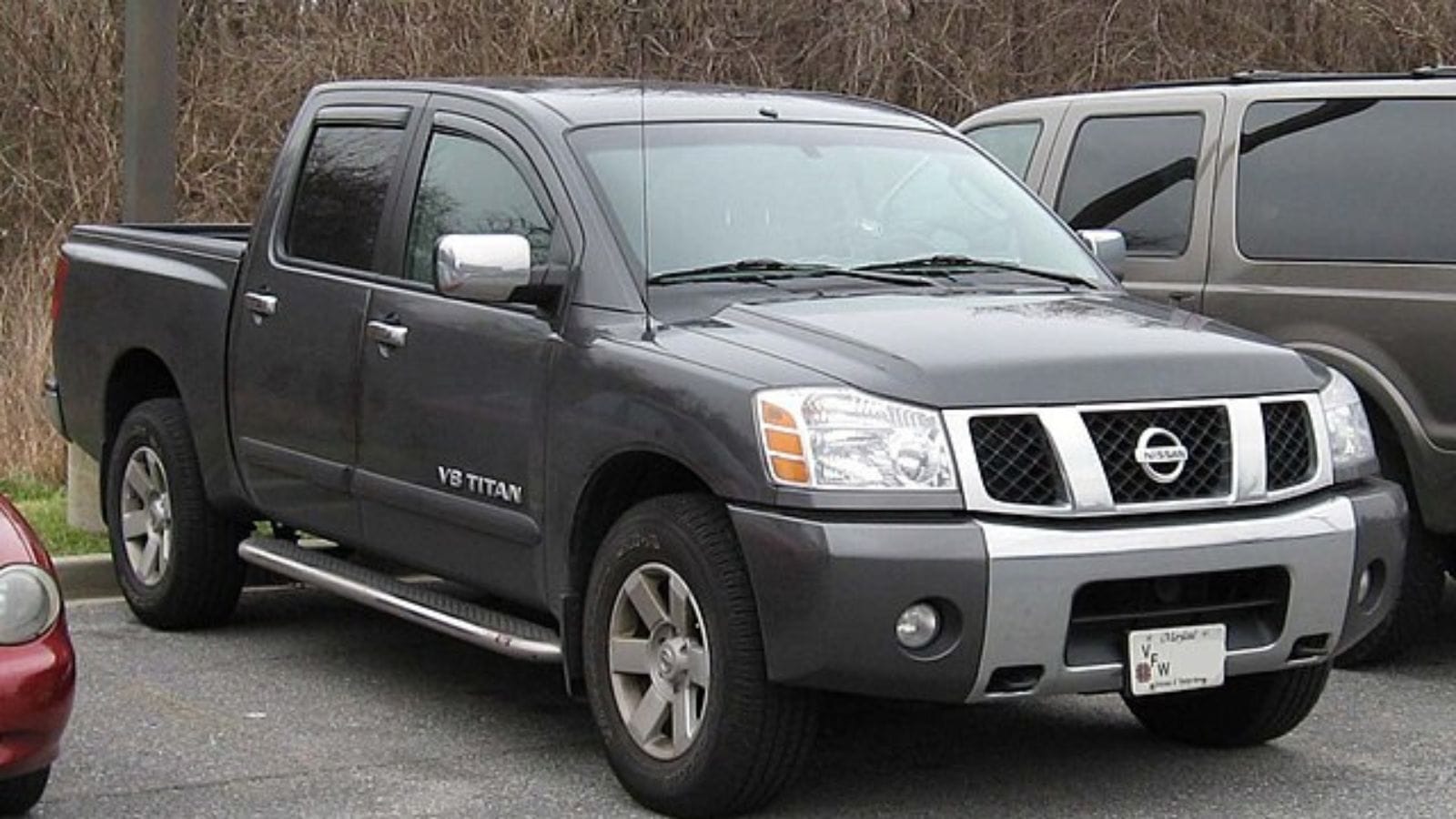
The Nissan Titan has always struggled in Canada. Competing against Ford, GM, and Ram is difficult when you have a fraction of their dealer network and far less brand loyalty. Titans depreciate quickly because resale demand is low. Even when priced aggressively, used Titans often linger on the market. Many buyers worry about parts availability and long-term support, which pushes values down even further. By 2026, most Titans will be worth about half of what they cost new, if not less.
Ford Ranger
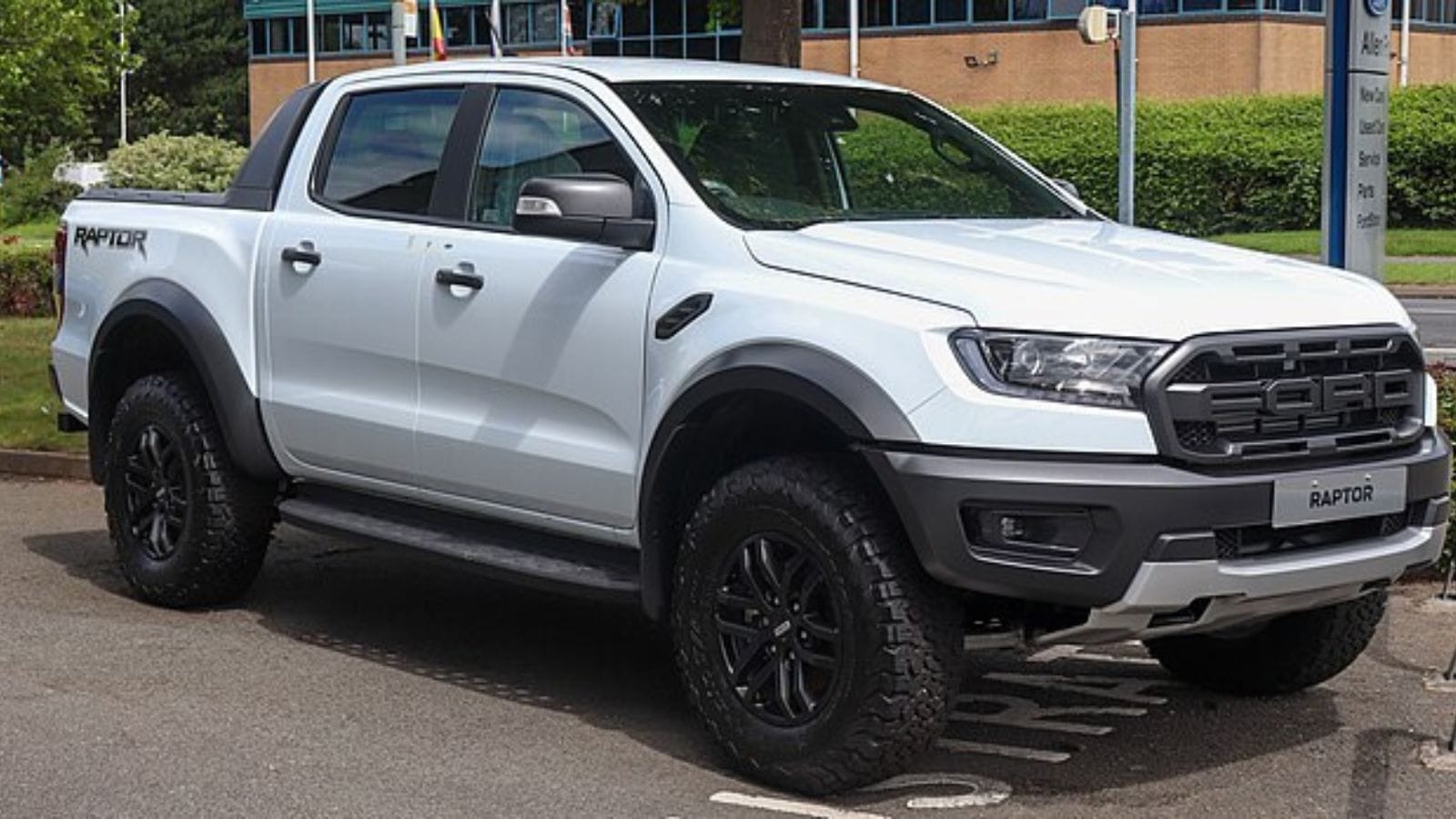
The Ford Ranger’s return to Canada was met with plenty of excitement, but high starting prices have hurt its reputation. Buyers often compare it to full-size trucks and feel they don’t get enough value for the money. In the used market, that perception is even worse. By 2026, Rangers from this generation are likely to lose nearly half their value, as Canadians gravitate toward larger trucks that feel like a better deal per dollar.
GMC Canyon
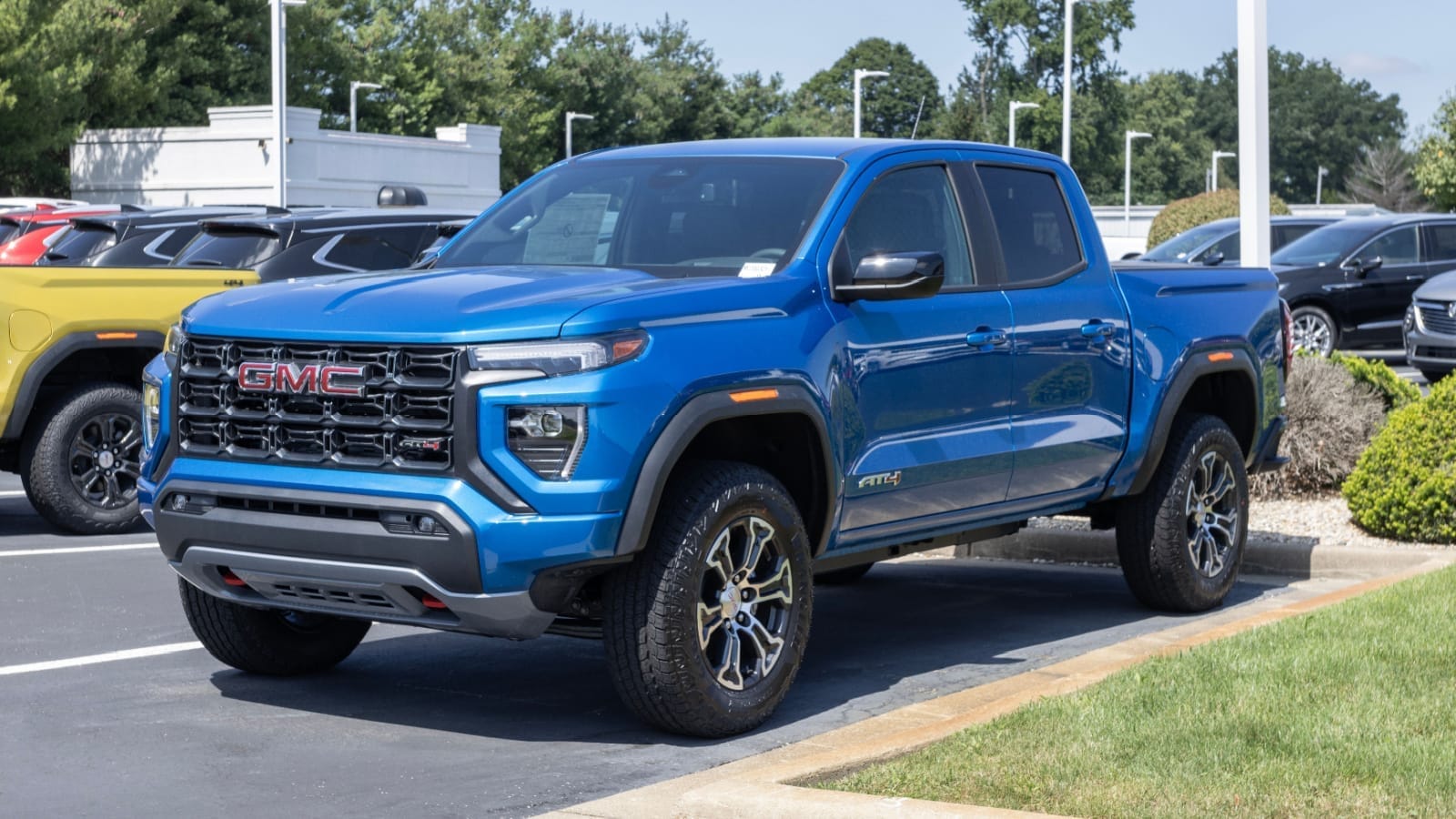
The GMC Canyon shares much of its DNA with the Chevrolet Colorado, and both face the same depreciation problem. High-end Denali models are positioned as premium midsize trucks, but Canadian buyers aren’t willing to pay full-size truck money for smaller pickups. As a result, used Canyons, especially well-optioned ones, see sharp value drops. By 2026, they will likely be sitting at around half of their original purchase price.
Honda Ridgeline
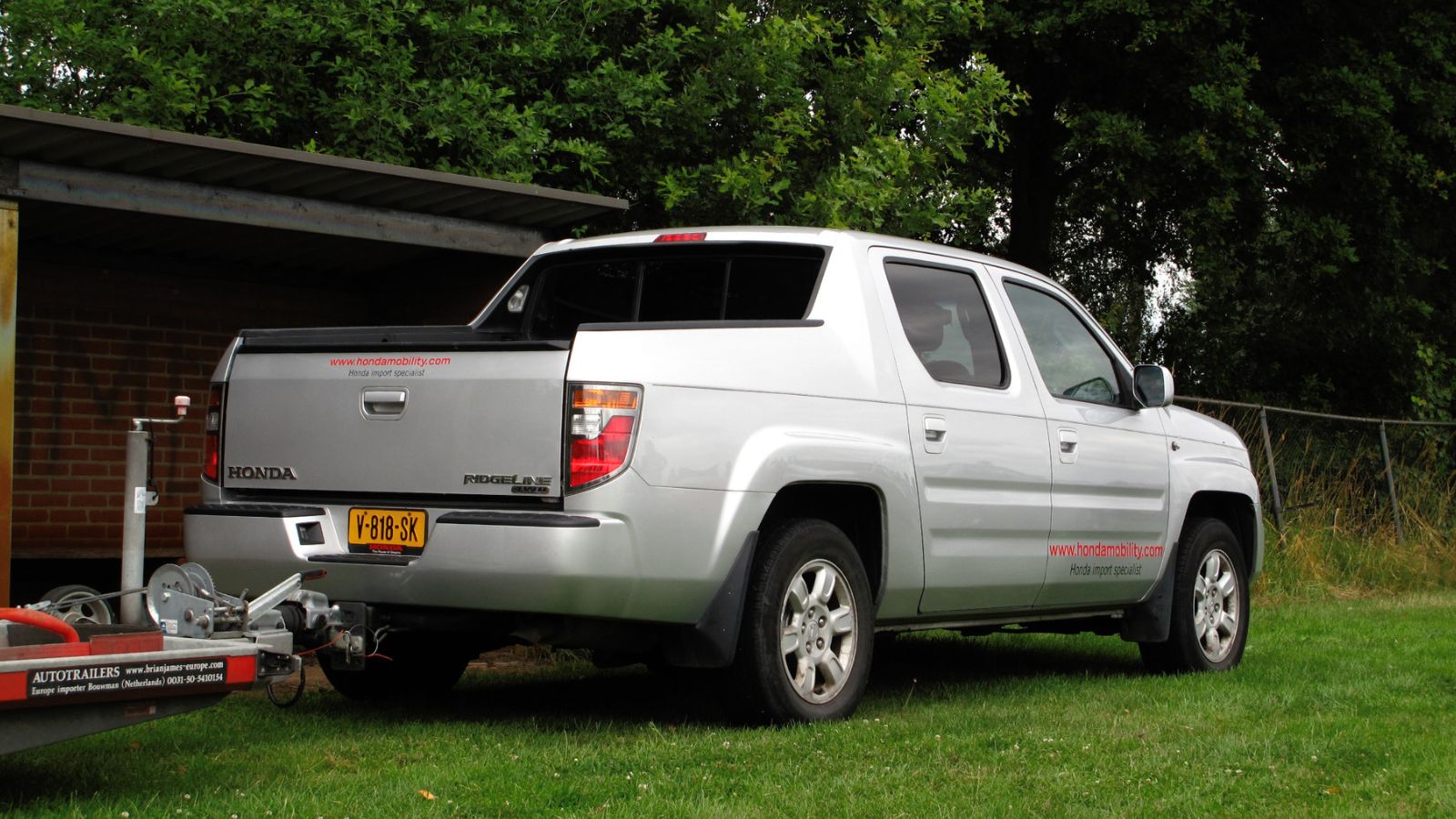
The Honda Ridgeline has always been a polarizing truck in Canada. Some appreciate its comfortable ride, clever storage, and car-like handling, but many buyers dismiss it because it lacks body-on-frame toughness. This perception hurts its resale value badly. By 2026, the Ridgeline will continue to lose ground against traditional pickups, making it one of the worst performers in terms of value retention despite Honda’s otherwise strong reputation.
Jeep Gladiator
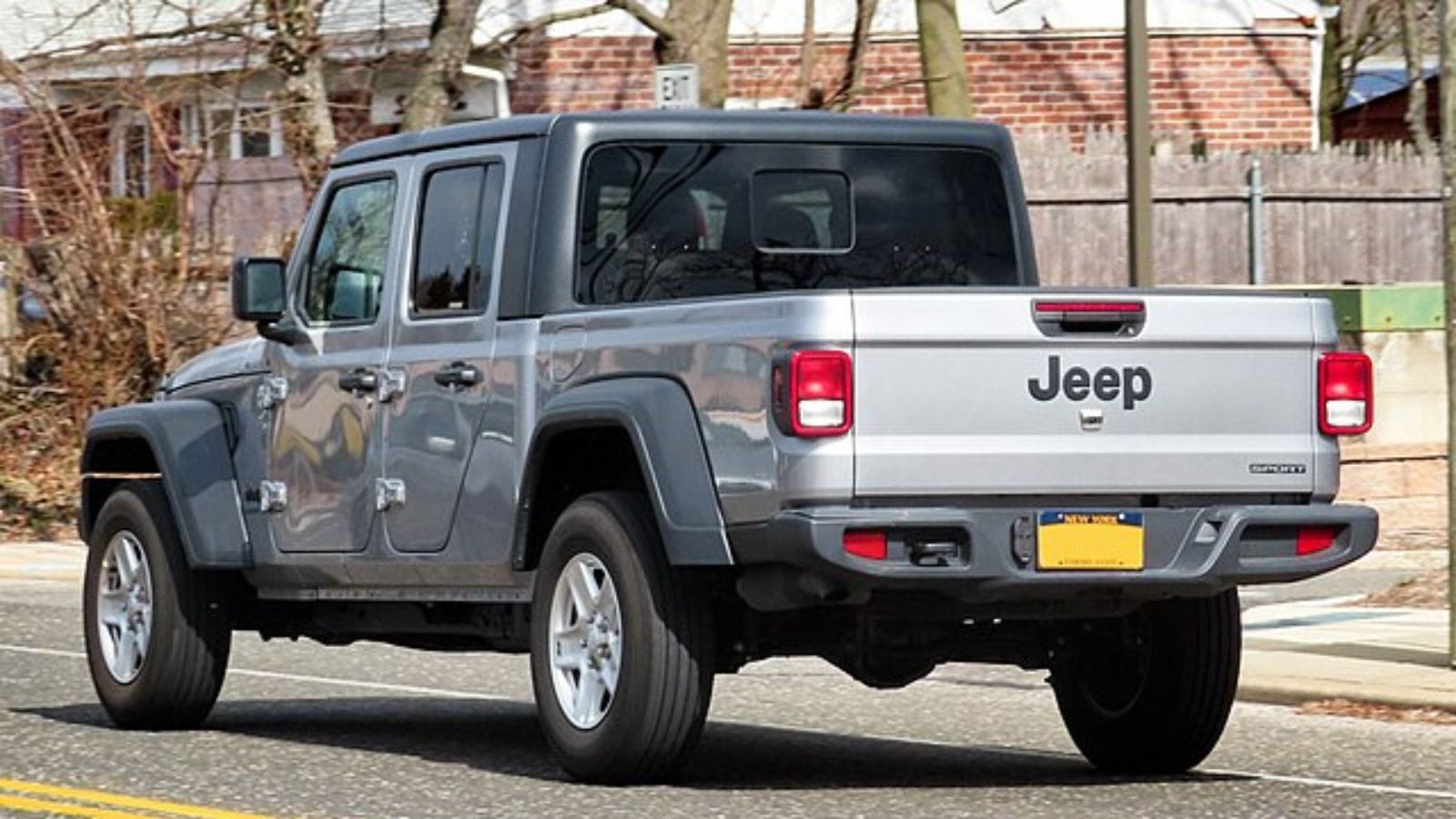
The Jeep Gladiator launched with hype, combining Wrangler style with pickup utility. But high pricing, poor fuel economy, and limited towing capacity left Canadians unimpressed once the novelty wore off. Used buyers now see it more as a Wrangler with a bed than a real work truck. By 2026, Gladiator owners will feel the sting of rapid depreciation, especially on fully loaded Rubicon trims that cost far more than the market is willing to support on resale.
Ford F-150 Lightning
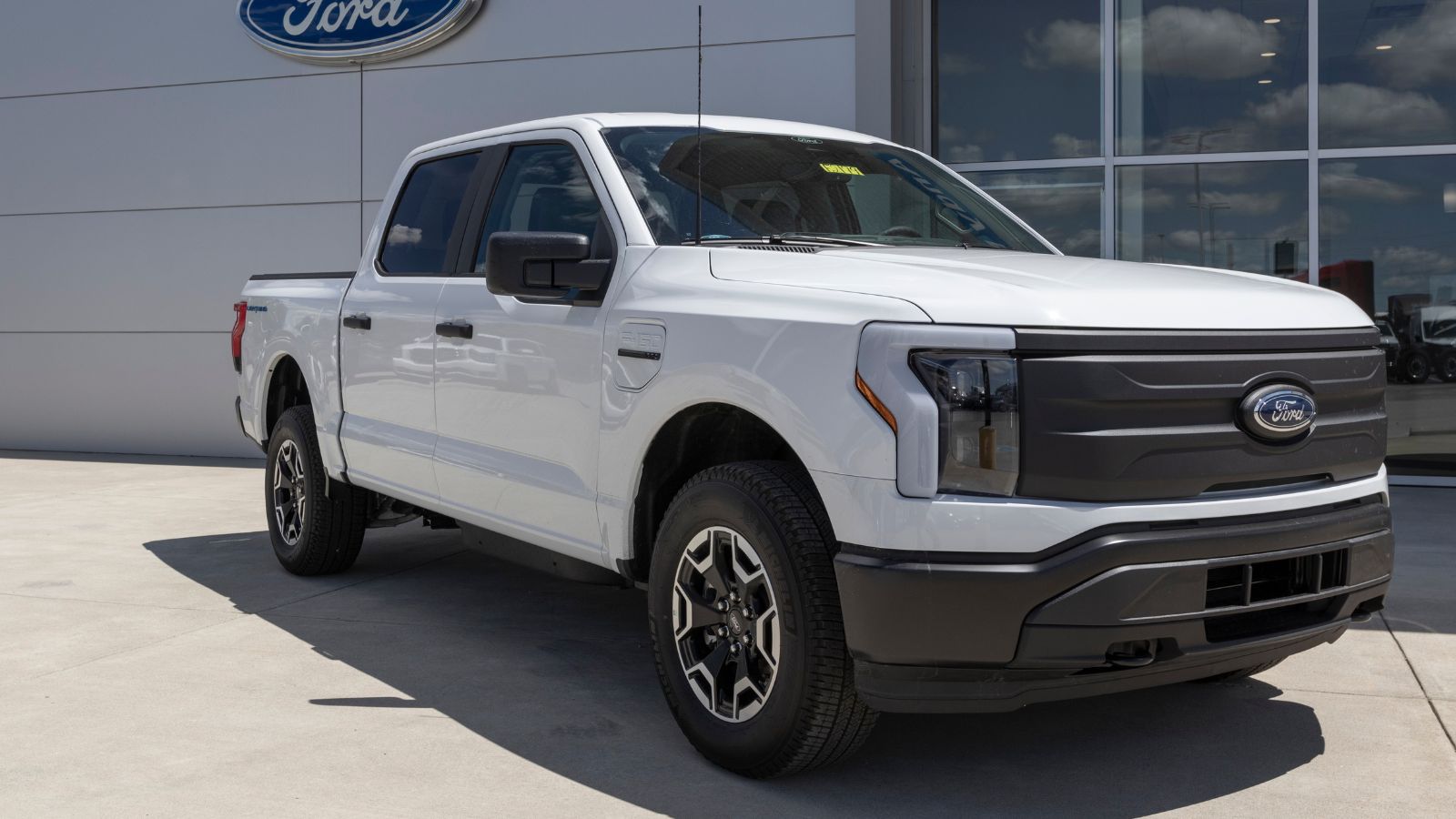
The all-electric Ford F-150 Lightning was hailed as revolutionary, but resale values for EVs are proving unpredictable. Cold Canadian winters sap range, battery degradation is a worry, and rapid advancements in EV technology mean older Lightnings could feel outdated in just a few years. By 2026, many early adopters will be looking at trucks that are worth half what they paid, if not less, as newer models outclass them.
Rivian R1T
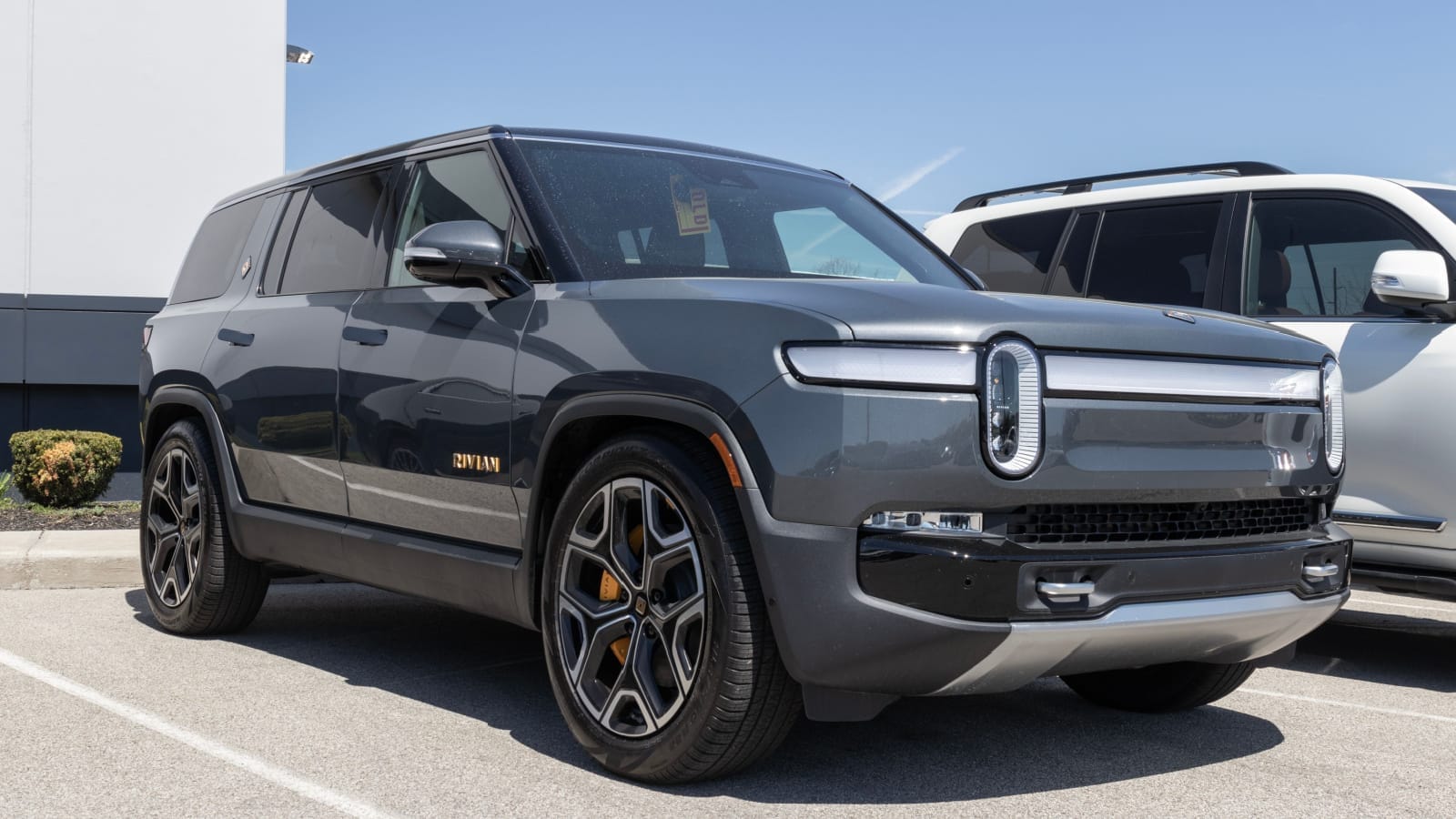
The Rivian R1T burst onto the scene as one of the first stylish electric adventure trucks, but it faces stiff headwinds in Canada. Limited dealer support, high sticker prices, and competition from traditional truck makers will cut into its appeal on the used market. Buyers are hesitant to gamble on an EV from a relatively new automaker when resale support is uncertain. By 2026, depreciation could easily cut Rivian values in half, making early purchases some of the steepest losses in the truck world.
Why These Trucks Will Struggle
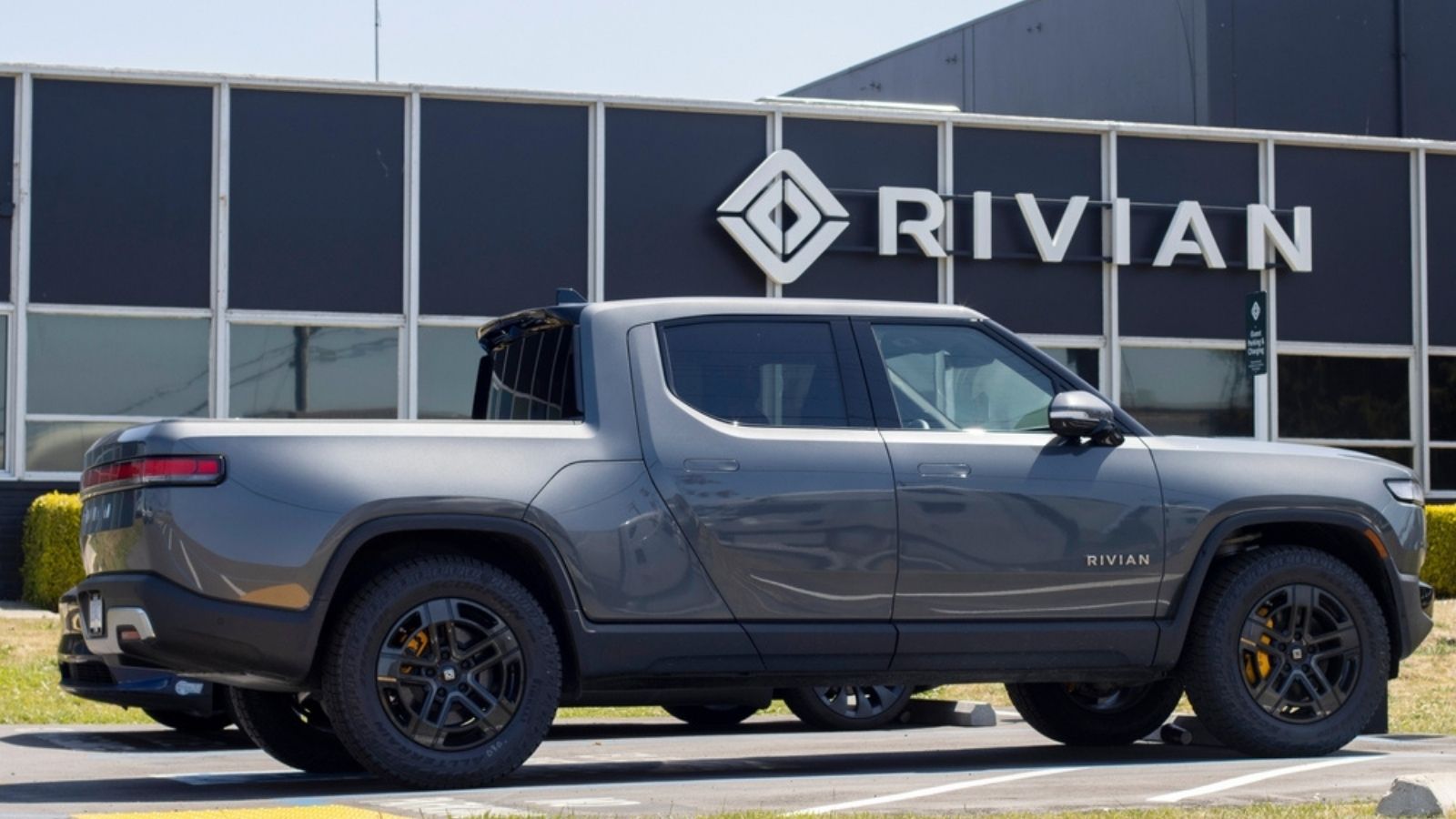
These twelve trucks all share some combination of high sticker prices, unproven technology, or weak demand in the Canadian used market. Buyers are cautious about turbocharged engines, skeptical of hybrids, and uncertain about electric trucks in harsh winters. Others simply fall victim to being overpriced or tied to brands with smaller footprints in Canada. For owners buying new, these trucks are the ones most at risk of losing half their value by 2026, leaving resale prices far below expectations.
25 Facts About Car Loans That Most Drivers Don’t Realize

Car loans are one of the most common ways people fund car purchases. Like any other kind of loan, car loans can have certain features that can be regarded as an advantage or a disadvantage to the borrower. Understanding all essential facts about car loans and how they work to ensure that you get the best deal for your financial situation is essential. Here are 25 shocking facts about car loans that most drivers don’t realize:
25 Facts About Car Loans That Most Drivers Don’t Realize
